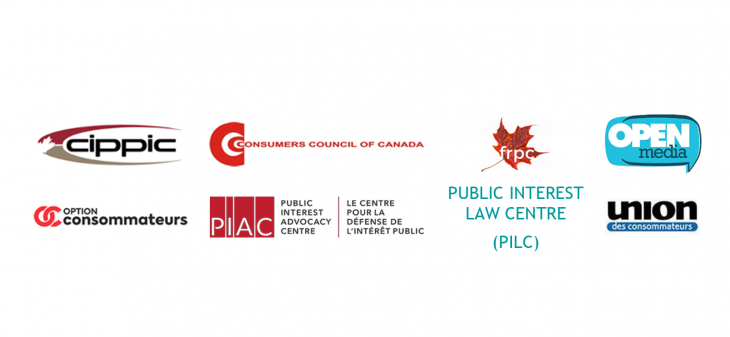
Public interest groups say the consultation is overdue
By Ahmad Hathout
Citing a broader portfolio of regulatory obligations, the CRTC on Monday launched its consultation on how to support and sustain public interest participation in its proceedings.
The commission wants to know, by September 10, whether it should create one funding system for both telecom and broadcasting matters to support that end; whether that single fund should be managed by an independent third party, such as the existing Broadcasting Participation Fund (BPF); whether more parties should be eligible for funding; and who should be obligated to fund it.
The CRTC currently has two different public interest funding mechanisms: for telecom matters, participants go directly to the regulator, which gets the money from telecoms; and for broadcasting matters, participants go to the BPF, which gets its money from the tangible benefits required of a purchaser as a condition of approving broadcasting transactions.
The commission, which last reviewed this matter over a decade ago, is now of the view that having just one fund would be better. “The Commission recognizes that having to deal with two different organizations depending on the type of proceeding can be challenging for some individuals and public interest groups,” it said in the consultation document, adding it is reviewing this issue in light of its new obligations under the Online Streaming Act and the Online News Act.
The BPF, which recently had its mandate expanded to include Online News Act proceedings, has complained to the CRTC that tangible benefits are not a path to sustainable funding of third-party participation, which includes the likes of the Public Interest Advocacy Centre (PIAC) and the Forum for Research and Policy in Communications (FRPC), because acquisitions don’t happen that often. The last major change of ownership, Rogers’s acquisition of Shaw, has provided the BPF with funds, but the organization says this money will eventually run out.
Geoff White, PIAC’s executive director, told Cartt that the consultation is “years overdue” and that the rates are “too low” and the “process for claiming costs (at least telecom costs) has become adversarial, and furthermore, uncompensated.
“While I am glad this proceeding has been launched, I know some will want it to be accompanied by an actual hearing, and I am dismayed it has taken so long,” he added. “Public interest groups such as PIAC are on the brink of extinction, at a time when the consumer voice needs strong representation.”
On rates, the CRTC also wants to know if they should be changed, whether there should be a different way to determine how much a party should receive, and who should be required to contribute to the fund and how that should be calculated.
“Inflation has eaten away” at the compensation, Monica Auer, the executive director of the FRPC, told Cartt about the lapse in time since the CRTC last reviewed the rates in 2007.
“It is difficult to attract expert witnesses at the current 2007 tariff,” she added. “That places public interest groups at a disadvantage because larger organizations have the resources to pay current rates.”
Auer said that the consultation is a “very positive step” and conveyed that not having a hearing on this matter may end up being a positive in that it would not delay the matter further.
PIAC and the FRPC have filed applications to the CRTC within the past five years about sustaining public participation in these matters. And while the regulator weighs having the BPF continue its role while possibly also giving it new management obligations for telecom matters, Auer said the organizations believe the BPF “works fairly well.”
She used an example of the BPF having a policy of issuing cost application decisions within two months, whereas it can take much longer for a CRTC decision.
“If the BPF model is functioning reasonably well – anything can be fine-tuned and improved – I just don’t see any dramatic reason to shift away from the BPF, certainly in terms of the broadcasting side,” Auer said.
The CRTC also wants to know what costs should be eligible for reimbursement and how decisions and payouts can be hastened.
The regulator is also asking whether there should be specific funding considerations pertaining to equity-deserving groups, indigenous rights holders, official languages and official language minority communities (OLMCs), or academics and whether the parties should demonstrate their eligibility every time they apply for funds.
Auer lauded the commission for taking the proposed step to get the fund out to more groups.
“Those groups really had an uphill battle to ensure that they have equitable access,” Auer said of the participation of certain groups, including those from the deaf and blind communities.
“I’m glad the commission is really making an effort to reach out.”



